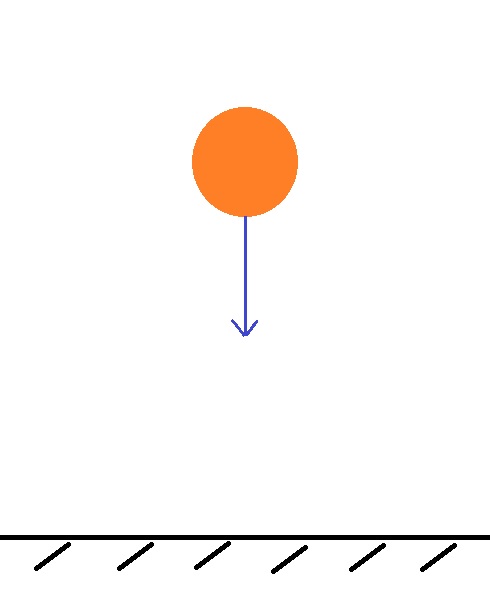165 – Bouncy Ball
Elastic bouncing ball
Introduction to:
Energy transformations, potential energy, kinetic energy, strain energy, elastic impact
Material:
- Bouncy ball / tennis ball / elastic ball
- yardstick / meter stick
- Cell phone with video function / video camera
Execution:
We drop the ball in front of the yardstick from a height of about one meter onto a hard surface and let it bounce up several times. While doing this, we film the process in slow motion.
Observation:
- The ball accelerates during free fall.
- On impact, its velocity’s direction reverses.
- It moves upwards, then it slows down again and comes to a stop at the top for a short time.
- In the slow motion video, and even better in a still image, the altitude of the ball can be read from the yardstick.
- Now the free fall begins again.
- The altitude decreases after each bounce on the ground.
Explanations:
- The gravitational force acts downwards.
- On impact, the ball is deformed elastically and experiences an upward push.
- Now only the gravitational force acts until the next bounce.
- From an energy standpoint, the potential energy of the ball is being transformed into kinetic energy bit by bit with each bounce.
- On impact, the kinetic energy is converted into strain energy, which is then converted back into kinetic energy, which is transformed into potential energy, back into kinetic energy and so on.
- From the decreasing altitude, we can infer a loss of mechanical energy that occurs at each bounce.
- When the ball is deformed, friction is created and thus thermal energy dissipates.
Didactic potential:
It is interesting to ask whether the same percentage of mechanical energy is lost at each bounce. This can be seen in the respective altitudes.
